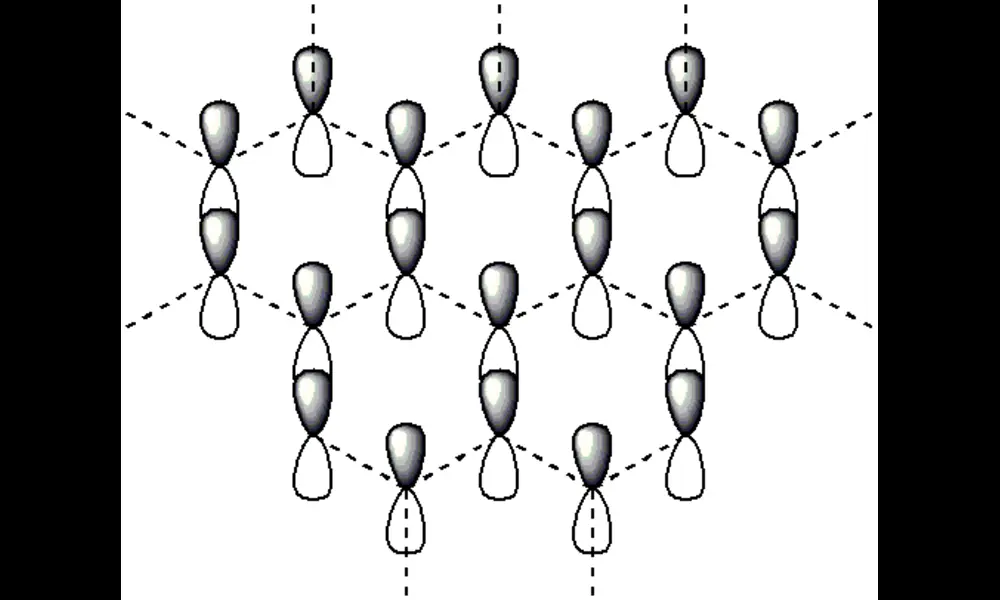New Research on Electron Interactions in Graphene
Published on Mon Jul 17 2023 Hydrogen Under Extreme Pressure | ChiralJon on flickr
Hydrogen Under Extreme Pressure | ChiralJon on flickrNew research has shed light on the behavior of electrons in graphene, specifically their interactions with one another. A team of scientists has discovered that the presence of a single defect within the graphene's tunnel barrier can inject electrons into the layers, creating a high-resolution spectroscopic probe of electron-electron interactions. The researchers observed a suppression of the tunnel current flowing through the defect below a temperature of approximately 2 Kelvin, which they attribute to the formation of a magnetically-induced Coulomb gap.
Electron-electron interactions play a significant role in the resistivity of graphene transistors. Depending on the circumstances, these interactions can either decrease or increase the conductivity of the material. In this particular study, the researchers focused on tunnel transistors where the current flows through a few monolayers of hexagonal boron nitride (hBN) sandwiched between two layers of graphene. By aligning the lattices of the graphene layers, electrons can tunnel coherently between them, providing a unique opportunity to investigate electron-electron interactions.
The team selected a device with a single localized state within the tunnel barrier, which allowed electrons to be injected into the graphene layers. By tuning the energy of this state and the chemical potential of the graphene layers, the researchers were able to observe a reduction in the inter-Landau level tunnel current at low bias voltages and in a quantizing magnetic field. This reduction is due to the formation of a Coulomb gap in the spectral density of the graphene's Dirac fermions, which is a result of electron-electron interactions.
The findings of this study have important implications for understanding the behavior of electrons in graphene-based devices. By investigating the effect of electron-electron interactions on tunnel currents, scientists can gain insights into the fundamental properties of graphene's Dirac-Weyl fermions. This understanding is crucial for the development of future electronic devices that rely on the unique properties of graphene.
Overall, this research provides valuable insights into the behavior of electrons in graphene and highlights the importance of electron-electron interactions. The discovery of a magnetically-induced Coulomb gap in the graphene's spectral density opens up new avenues for studying the many-body quantum phenomena in graphene-based devices. Further research in this field could lead to advancements in electronics and pave the way for the development of even faster and more efficient devices.



